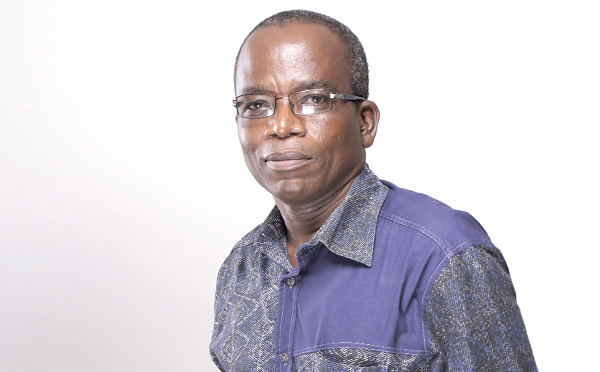
Pensions Authority must explain
Indeed our elders have said it, "afotuo nsakra nipa gyese nsohwe," which translates as counselling cannot change a person until that person goes through an experience.
Many workers while active in service never took interest in updating their social security contributions.
Advertisement
The concomitant has been that a large number of people retire before they become serious with their social security claims somewhat causing unnecessary delays before they receive their pension payments.
Many man hours are lost trying to engage the Social Security and National Insurance Trust (SSNIT) to resolve the matter and bring some minimal comfort to retired persons.
Recently, a colleague retired and it took more than a year for him to get his lump sum payment from the SSNIT.
He had to visit the workplace many times to have his contribution records updated.
He, therefore, had to live without any source of regular income for about 18 months.
But despite the stress he had to go through, some of his colleagues never took steps to compile their own records of contributions.
Thus, they have also gone on retirement and are now serious about updating their SSNIT contributions to enable their pension to be determined and paid.
But these contrast sharply with some who make sure that their records are updated before they retire.
I know of some personalities, including myself, who received their lump sums and indications as to their monthly payments, the month after their retirement.
What it means is that, both the National Pensions Regulatory Authority (NPRA) and SSNIT must make it a point to educate and sensitise workers to the need to check their social security and other pension contributions regularly to facilitate the prompt payment of their pensions.
Such education would remind the workers of their obligations to follow through the processes since there could be some employers who might default in regularly remitting to SSNIT what had been deducted from the monthly salary of the worker.
Workers need constant education on pensions so they would take responsibility in monitoring and updating their records for the prompt payment of their due as soon as they retire.
In this regard, when workers’ leaders demand from their employers evidence of payment of their pension contributions that must be seen as a responsible and responsive attitude rather than as an intrusion.
The Tripartite Committee must take on board remittances of pension fund contributions as part of their common obligation to workers.
That way, there would be a consciousness that would kindle in the workers keen interest about their pensions.
There is another aspect of the pension’s regime that must be explained thoroughly to those who were affected when the government resorted to amending the Pension Law rather than address the demand from a number of public and civil service workers groups for evidence of their second tier pension contributions.
Until the new pension’s regime, all deductions were managed by the SSNIT, but after the changes in 2010, a portion was to be privately managed.
At the time workers from 55 years were retained under the SSNIT, while those under 55 were migrated to private schemes. Since the regulations for private operations in the pensions industry were not ready, the funds were to be managed by the NPRA.
That is where something went wrong in 2015 prompting agitations.
That cohort of workers who were returned to the SSNIT surreptitiously with the amendment somewhere in 2015 suffered immediately as they lost a percentage of the contributions their employers were paying towards the second tier.
However, the general election of 2016 so preoccupied most workers that they could not measure immediately how much they had lost.
Most important because it affected only a small segment of workers, the leadership of labour groups took things for granted.
That is why it has become imperative that the NPRA, the SSNIT and the private pension management companies come out to explain to those affected the implications of that change because representatives of employers who handle pensions may themselves be ignorant of the potential disincentive to the affected employees.
My enquiries have not produced certainty about what is transferred to the SSNIT and what to contributors. Meanwhile, the SSNIT calculations are based on the number of months contributed against the average of the best three years’ salary.
Does that take into account the fact that for one group of contributors, the SSNIT may not have their full contributions in determining their entitlements?
Again, what is the percentage of the second tier from 2010 to 2015 to be paid by the private pension fund managers to the beneficiary?
How are the affected workers to know what has been added to the SSNIT or been paid to them directly. We need prompt answers from NPRA, the SSNIT and the private fund managers.
Email : [email protected]



